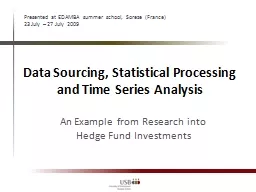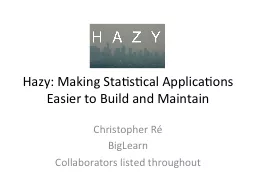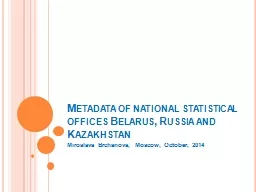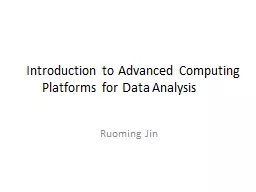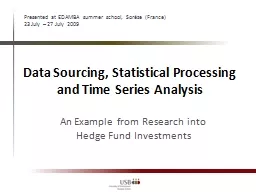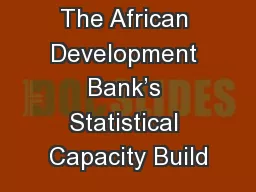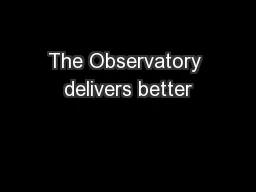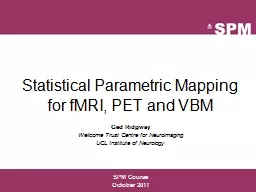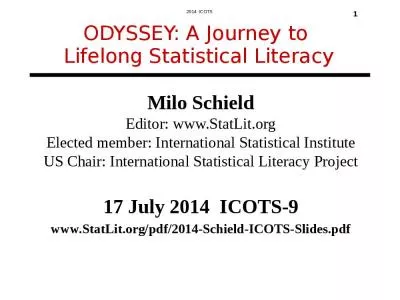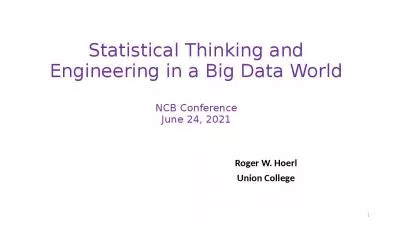PPT-Data Sourcing, Statistical Processing and Time Series Analy
Author : stefany-barnette | Published Date : 2016-12-01
Presented at EDAMBA summer school Soreze France 23 July 27 July 2009 An Example from Research into Hedge Fund Investments Presenter Florian Boehlandt University
Presentation Embed Code
Download Presentation
Download Presentation The PPT/PDF document "Data Sourcing, Statistical Processing an..." is the property of its rightful owner. Permission is granted to download and print the materials on this website for personal, non-commercial use only, and to display it on your personal computer provided you do not modify the materials and that you retain all copyright notices contained in the materials. By downloading content from our website, you accept the terms of this agreement.
Data Sourcing, Statistical Processing and Time Series Analy: Transcript
Download Rules Of Document
"Data Sourcing, Statistical Processing and Time Series Analy"The content belongs to its owner. You may download and print it for personal use, without modification, and keep all copyright notices. By downloading, you agree to these terms.
Related Documents

